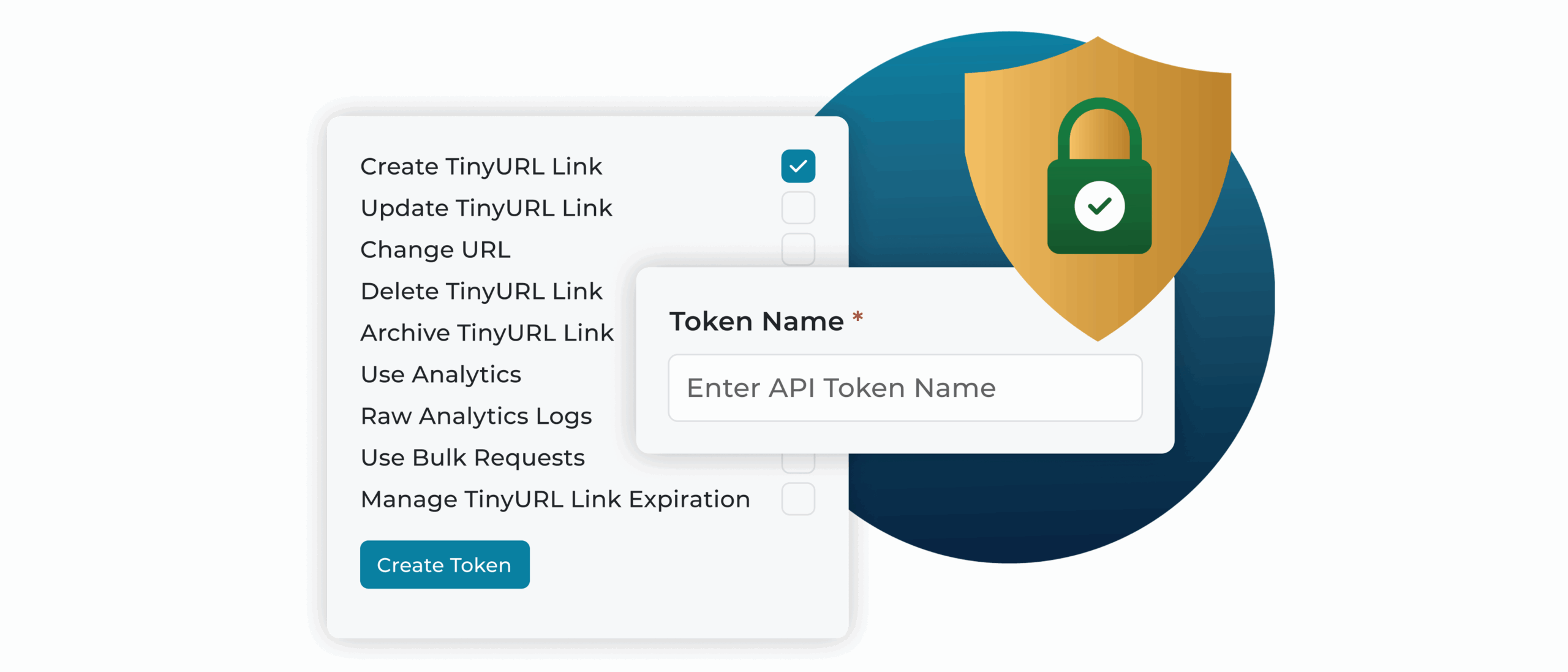Have you ever hit “send” on a meticulously crafted email campaign only to have it vanish into the abyss of spam folders? It’s a common nightmare for email marketers—pouring time and resources into content that never reaches its intended audience.
But fear not! By following a few key strategies, you can significantly increase your deliverability rates and ensure your carefully crafted messages reach the inboxes they deserve.
In this blog post, we’ll unveil nine expert-backed tips to outsmart these digital gatekeepers and land your emails squarely in inboxes, ready to engage and convert.
Let’s get started!
Main Takeaways From This Article:
- Email spam filters sort incoming emails to protect users from unwanted content by evaluating sender trustworthiness, content quality, and adherence to technical standards like DKIM and SPF. Ensuring compliance with these standards can significantly improve email deliverability.
- To avoid the spam folder, it’s crucial to maintain a good sender reputation, which is influenced by factors such as email frequency, bounce rates, and subscriber engagement. Regularly interacting with your subscribers and sending relevant content helps in building a positive reputation.
- Keeping an email list clean by removing inactive or invalid addresses can boost deliverability and sender reputation. This practice ensures emails reach genuinely interested recipients, enhancing engagement and reducing the risk of being marked as spam.
- High-quality, relevant, and personalized content tends to engage readers more effectively and avoid spam triggers. Balancing text and image use in emails, avoiding spam trigger words, and using accurate, compelling subject lines are also critical for successful email campaigns.
- Employing techniques such as using URL shorteners like TinyURL for cleaner and more trustworthy links, implementing double opt-in for subscriptions, and segmenting the audience according to demographics and interests can significantly enhance the impact of email marketing efforts.
What Is an Email Spam Filter?
An email spam filter is a program that sorts out spam emails from your inbox by screening incoming emails based on set rules, sender trustworthiness, and email content. Its goal is to ensure you receive only trustworthy and relevant emails, improving your overall email experience.
Key Factors Influencing Email Deliverability
These are the six factors that can affect whether or not your email is successfully delivered to its recipient:
1. Technical Compliance With Email Validation Standards
There are certain technical standards that email providers use to validate whether an email sender is trustworthy. Some of these include:
- DKIM (Domain Keys Identified Mail): An email validation system that uses cryptographic signatures to verify that an email was sent from the domain it claims to be sent from.
- SPF (Sender Policy Framework): An email validation system that helps prevent spammers from forging the “from” address on an email.
Determine which validation standards your email provider or hosting provider uses, and ensure that your emails comply with them. This will help your emails slip neatly into inboxes, avoiding spam filters and the wasted effort that comes with getting flagged.
2. Subscriber Engagement
Another metric that spam filters take into account is engagement, or how often people open your emails.
Generally speaking, the more engaged your subscribers are, the more likely you’ll be to avoid spam filters. So, if you’re seeing a lot of bounces or low open rates, that’s a sign that you might need to take a closer look at your email marketing strategy.
3. Sender Reputation
Think of your reputation as a grade for your emails. Email service providers assign you a sender score based on various factors, such as your email sending frequency, spam reports, bounce rate, and spam traps.
A good score means your emails go straight to the inbox. But if your score is low, your emails might end up in the spam folder. So, it’s crucial to keep track of your score and try to improve it.
4. List Hygiene
Email marketers may sometimes forget an important step: keeping their emailing list clean. This makes a big difference in whether their emails reach their intended recipients.
By removing old or invalid email addresses, your emails will reach the right people. This also boosts your sender reputation and email campaign success as high engagement rates are positively received by Spam filters. So, tidy up your email list to reduce the chances of emails bouncing back and to enhance your email deliverability.
5. Email Content Quality
When it comes to email marketing, the quality of your content could make or break your campaign’s deliverability.
Simply put, high-quality content can both improve your email spam score and draw your audience in, promoting interaction and reducing the possibility of your emails being flagged as spam. Top-notch content is straightforward, pertinent, and customized, offering clear benefits to the recipient.
Content that is irrelevant or substandard not only reduces engagement but can also harm your reputation, which may result in more of your emails being classified as ‘spam.’
6. Frequency and Volume
How often and how many emails you send might seem trivial, but they are crucial. If you send too many emails, you risk being marked as ‘spam.’ And if you hardly send any, your engagement could drop. So, finding a balance is key.
Try to send emails at regular intervals without overwhelming your audience. By considering their interests and behaviors, your emails will be more appreciated and less likely to be flagged as spam.
Nine Tips to Keep Your Emails Out of the Spam Folder
Below are nine useful tips to optimize your outreach campaigns to boost deliverability.
1. Use a URL Shortener
URL shorteners like TinyURL can be a great way to improve engagement and click-through rates. They make it easier for people to see what they’re clicking on and make your links look neater in the email itself.
By using a custom-branded domain and links that communicate exactly what users can expect when clicking, you can also ensure a consistent and trustworthy brand presence throughout your campaign, which will entice users to click more in the future.
2. Review Your Mailing Lists Regularly
One of the quickest ways to avoid spam filters is to regularly check your mailing lists for email addresses that no longer exist. Inactive email accounts are often scooped up by ISPs or email providers and used to flag emails as spam.
That’s why it’s important to review your mailing lists regularly and remove any inactive or invalid email addresses. It’s always best to be sure that your emails are only going to people who want to receive them — you get more returns on your effort and your marketing spend.
3. Avoid Using Spam Trigger Words
There are certain “spammy” words and phrases that can trigger a spam filter, so it’s best to avoid them if you want your emails to make it into inboxes. Some of these include:
- “100% free”
- “click here”
- “guaranteed winner”
- “limited time offer”
- “risk-free”
Of course, many other words and phrases can trigger a spam filter, so it’s always best to run your email content through a spam checker before sending it out. That way, you can be sure that your email is as clean as possible and stands the best chance of being put into inboxes.
4. Implement Double Opt-In
When we mention double opt-in, we’re referring to an additional step in the email newsletter subscription process. This method not only protects your business from sending unsolicited emails but also enhances the quality of your mailing list. Wondering how it works?
When someone subscribes to your email list, they:
- Fill out a signup form on your website or landing page, which triggers an automated email.
- Confirm their subscription by clicking a link in the email sent.
It is equally important to provide a clear unsubscribe link in every newsletter so that people can easily choose to stop receiving emails. If you don’t include this link, there is a possibility that people may mark your email as spam because they cannot find any other way to unsubscribe.
5. Segment Your Audience
A one-size-fits-all approach just doesn’t cut it anymore in the world of email marketing. Why? Because your message needs to reach the right audience. That’s where segmenting your audience comes in.
Email list segmentation is a strategic move that involves dividing your email subscribers into smaller groups based on specific criteria like demographics, interests, buying behavior, etc. This way, you can tailor your messages to fit the unique needs and preferences of these different groups.
- Demographics: Age, location, gender, etc.
- Interests: What products they’ve indicated interest in
- Buyer Behavior: Past purchases, how often they make purchases, etc.
By segmenting your audience, you ensure that the right message reaches the right individuals at the right time, leading to higher engagement rates.
6. Encourage Subscribers to Whitelist Your Email
Urging your subscribers to whitelist your email is like getting VIP access to your recipient’s inbox, where your emails are greeted warmly instead of being questioned. The goal is to establish trust, build connections, and, importantly, make sure your messages reach their intended destination.
Here’s how you get your subscribers to add you to their email whitelist:
- Explicitly ask them during the sign-up process. Make the process as simple as possible by providing direct instructions.
- Include unobtrusive reminders in your email content, especially during the first few interactions.
- Ensure your emails provide value, thus reinforcing why you’re worth whitelisting.
7. Deliver Valuable, Personalized Content
Providing personalized and meaningful content is key to keeping your emails out of the spam folder. It’s not just about sending an email; it’s about crafting messages that meet the needs and interests of your subscribers.
By personalizing your emails and consistently delivering relevant content, you make your subscribers feel valued, which boosts engagement. Always remember that a rich-content email is a successful email.
8. Create Compelling (and Accurate) Subject Lines
Compelling subject lines are crucial in email marketing in order to avoid spam filters.
To create compelling and accurate subject lines, keep them succinct, usually between 30-50 characters. They should capture the reader’s attention without resorting to spammy or clickbait tactics. Subject lines that focus on the benefits rather than the features can pique people’s curiosity and increase open rates.
Here’s an important tip: Your subject lines should match your email content. Misleading titles can increase bounce rates and risk your emails being marked as spam.
9. Balance Text and Images for Effective Email Design
Getting the design balance right in your emails is key. Too much text can bore your readers, whereas too many images can trigger spam filters.
A text-to-image ratio of 60:40 is good. This makes sure that your emails look good, carry enough information, and don’t end up in spam. Also, avoid inserting text inside images. Spam filters will often flag this.
Try to use simple, relevant images to support your message rather than take over.
Improve Email Deliverability and Build Trust With TinyURL
By incorporating these nine essential tips into your email marketing strategy, you can greatly enhance the effectiveness of your campaigns and ensure that your messages reach the inboxes of your intended audience. Remember, the key to successful email marketing lies in understanding and respecting the mechanisms of spam filters while offering valuable, engaging content to your subscribers.
To further boost your email deliverability and click-through rates, use TinyURL’s link shortener. With TinyURL, you can create shorter, more appealing links that not only look cleaner in your emails but also encourage more clicks due to their trustworthiness and simplicity. Moreover, using a custom-branded domain for your links can strengthen your brand’s identity and enhance the overall user experience.
See what all the hype is about and check out TinyURL today.
FAQs
How Can I Improve My Email Deliverability Rates With Exclusive Offers and Polls?
Engaging your subscribers is one proven way to enhance your email deliverability rates. To captivate your subscribers’ attention and prevent your emails from landing in the spam folder, consider providing exclusive offers and discounts. This would not only heighten users’ interest in your emails but also increase your email open and click rates.
Similarly, incorporating polls or surveys in your emails gives your subscribers a sense of involvement and can ensure their continuous interaction with your emails.
Is A/B Testing Subject Lines and Calls to Action in Email Marketing Effective?
Yes, A/B testing of subject lines and calls to action in email marketing is a proven strategy for enhancing open rates and conversions. Running alternate versions of an email to different segments of your audience allows you to gauge the effectiveness of different elements and refine your approach for future campaigns.




